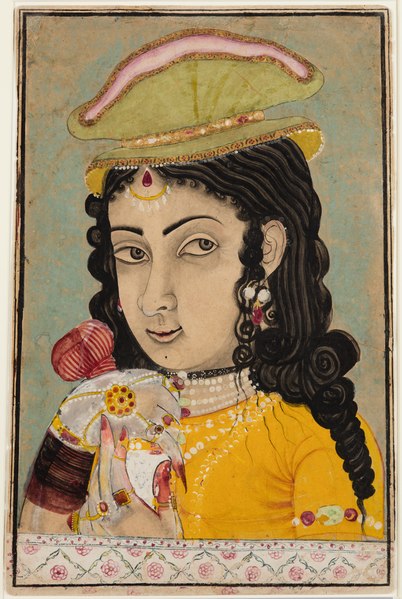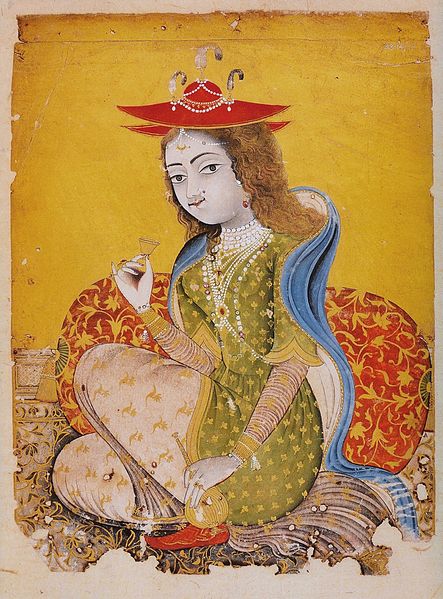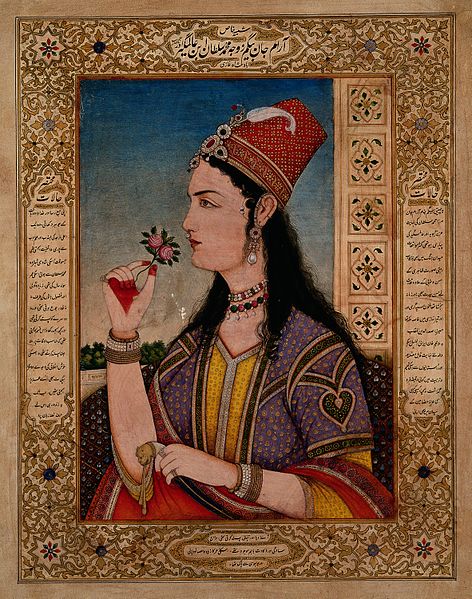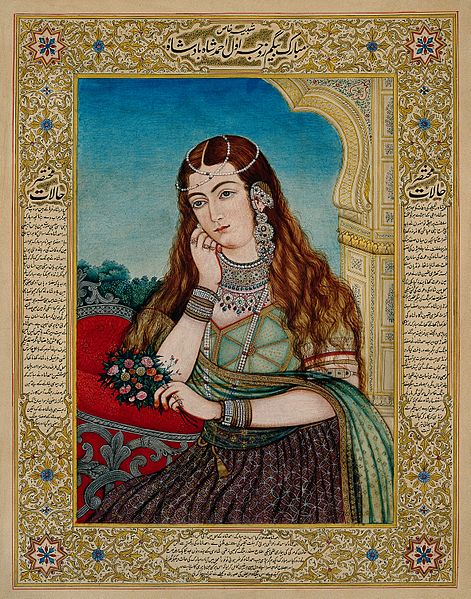
Thammasat University students who are interested in history, political science, sociology, social and cultural anthropology, diplomacy, Brexit, European history, foreign policy, nationalism and related subjects may find a newly available book useful.
What is Europe? is an Open Access book, available for free download at this link:
https://directory.doabooks.org/handle/20.500.12854/92661
It is by Professor Anna Triandafyllidou of Toronto Metropolitan University, Canada and Professor Ruby Gropas of the College of Europe at Bruges, Belgium.
The TU Library collection includes other books about different aspects of European identity and experience.
The TU Library also owns a number of books with published research by Professor Triandafyllidou.

According to the publisher’s description,
This authoritative yet accessible introduction to understanding Europe today moves beyond accounts of European integration to provide a wide-ranging and nuanced study of contemporary Europe and its historical development. This fully updated edition adds material on recent developments, such as Brexit and the migrant and Eurozone crises. The concept of Europe is instilled with a plethora of social, cultural, economic, and political meanings. Throughout history, and still today, scholars writing on Europe, and politicians involved in national or European politics, often disagree on the geographic limits of this space and the defining elements of Europe. Europe is, therefore, first and foremost a concept that takes different shapes and meanings depending on the realm of life on which it is applied and on the historical period under investigation. At a given point in time, depending on the perspective we adopt and the situation in which we find ourselves, Europe may represent very different things. Thus, we should better talk about ‘Europes’ in plural. What is Europe? explores these evolving conceptions of Europe from antiquity to the present. This book is all the more timely as Europe responds to the Russian invasion of Ukraine and Britain’s departure from the European Union, financial slump, refugee emergencies, and the COVID-19 pandemic. This book offers a fully updated introduction to European studies from an interdisciplinary perspective. It is a crucial companion to any undergraduate or graduate course on Europe and the European Union.

The book’s Introduction states:
We consider it is important to define, or rather revisit and explore, our understandings of Europe for three reasons. First, to question the different facets that the concept of Europe has taken on in different contexts in history in order to reveal its internal diversity, not just its diachronic evolution. We wish to engage in a critical reading of the different perspectives on Europe: who decides what Europe is and what have been the competing hegemonic discourses in different points and places in time? Second, to understand why and how ‘Europe’ has become so present in political narratives and in all aspects of societal, cultural, economic, commercial, and institutional life across all countries of the wider European continent, regardless of their membership of the EU. And third, to better understand the sort of role ‘Europe’ still plays in the global arena in spite of its shrinking economic and demographic weight. Unpacking what Europe is, and what it has been in different times and for different stakeholders, may help define what it can be in the current dynamic global context, characterised by increased interdependency, but also uncertainty (as the last pandemic has taught us), as well as volatility, as new geopolitical and economic powers are emerging and authoritarian populism appears to increase its appeal globally. In the chapters that follow, we explore the concept of Europe and its past uses widely. We explore the question of what Europe is from different perspectives so as to shed light on the cleavages between countries, regions, and peoples across Europe as well as on the shared understandings, common legacies, and aspirations. We do not restrict this inquiry to the European integration project, instead we trace the historical character of, and the cultural and political references to, Europe with a view to opening up the horizon. We approach Europe as a geographical space and also as a place. It is a continent that is culturally constructed by a past that is both objectively (based on historical events) and subjectively constructed (the events are given a specific meaning and are put into a wider framework of meaning) as ‘European’. It also has a geopolitical power dimension, as even though Europe is contested and often divided, it remains a rather distinct global actor. We seek to contribute to a debate on who ‘we’ the Europeans are, where ‘we’ come from, and where ‘we’ are heading to, in the current global context. A context which is characterised by the world shyly venturing into a new normal as the COVID-19 pandemic changes gear; with the digital transition changing the way we produce, consume, move, trade, work, build, teach, learn, earn, fight, and think; with climate change widespread, rapid, and intensifying, and no longer posing a future risk but a very clear and present threat; with demographic trends such as ageing, migration, and depopulation increasingly impacting Europe’s democratic choices; and, with a new world order taking shape in international relations. We do not provide definitive answers tout court to the book’s guiding question of ‘What is Europe?’ We do aim to give the reader the tools to ask and answer these questions themselves.
Defining ‘Europe’ seems to be an ongoing story, an incessant effort to revisit the core existentialist questions of what comprises a definition of Europe. Throughout the course of the continent’s history, politicians, political elites, academics, and thinkers have been tackling and returning to these questions in elaborate, critical, as well as in simplistic, populist ways. In this book, we highlight the historical and ambivalent character of the term, and offer alternative views of Europe by putting current developments into perspective. We adopt a critical viewpoint with regard to social and political developments in Europe today and more generally in the post–World War II period. This book is distinctively European in that it looks wider and deeper into the origins, evolution, and future of Europe on a variety of levels and from an interdisciplinary point of view. We argue that there can be no single definition of Europe. The dynamic nature of what Europe represents is not new, nor is it a trait particular to the more recent phase of European history, namely, the European Union. Therefore, we take the position that Europe is a concept that becomes meaningful in relation to its specific historical context. Stråth Mikael af Malmborg and Bo Stråth have argued that Europe is the invention of nation-states. By this provocative statement they wanted to highlight that there are different national answers to the ‘What is Europe?’ question, but also that Europe is essentially a constructed notion. Stråth, like Delanty among other well-known contemporary historians and sociologists, points to the diverse meanings that Europe has assumed in history. They pay, however, less attention to the fact that Europe may have multiple meanings also synchronically. At a given point in time, depending on the perspective we adopt and the situation in which we find ourselves, Europe may represent very different things to different people. Thus, maybe we should speak of many Europes rather than of just one.

(All images courtesy of Wikimedia Commons)
